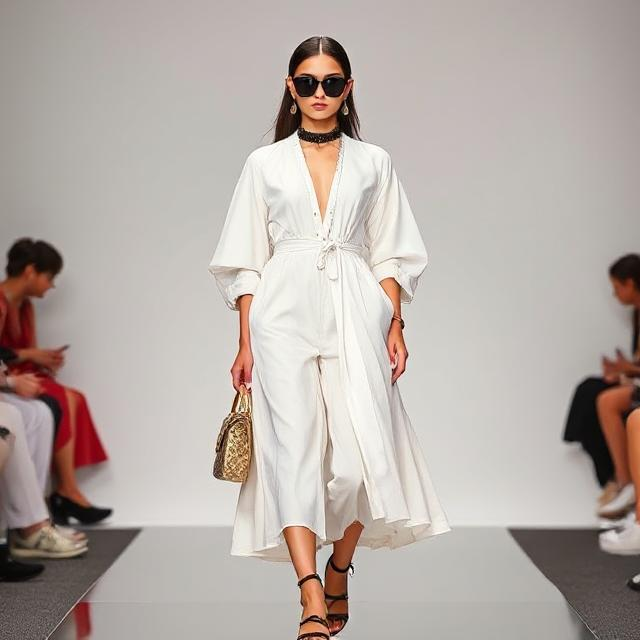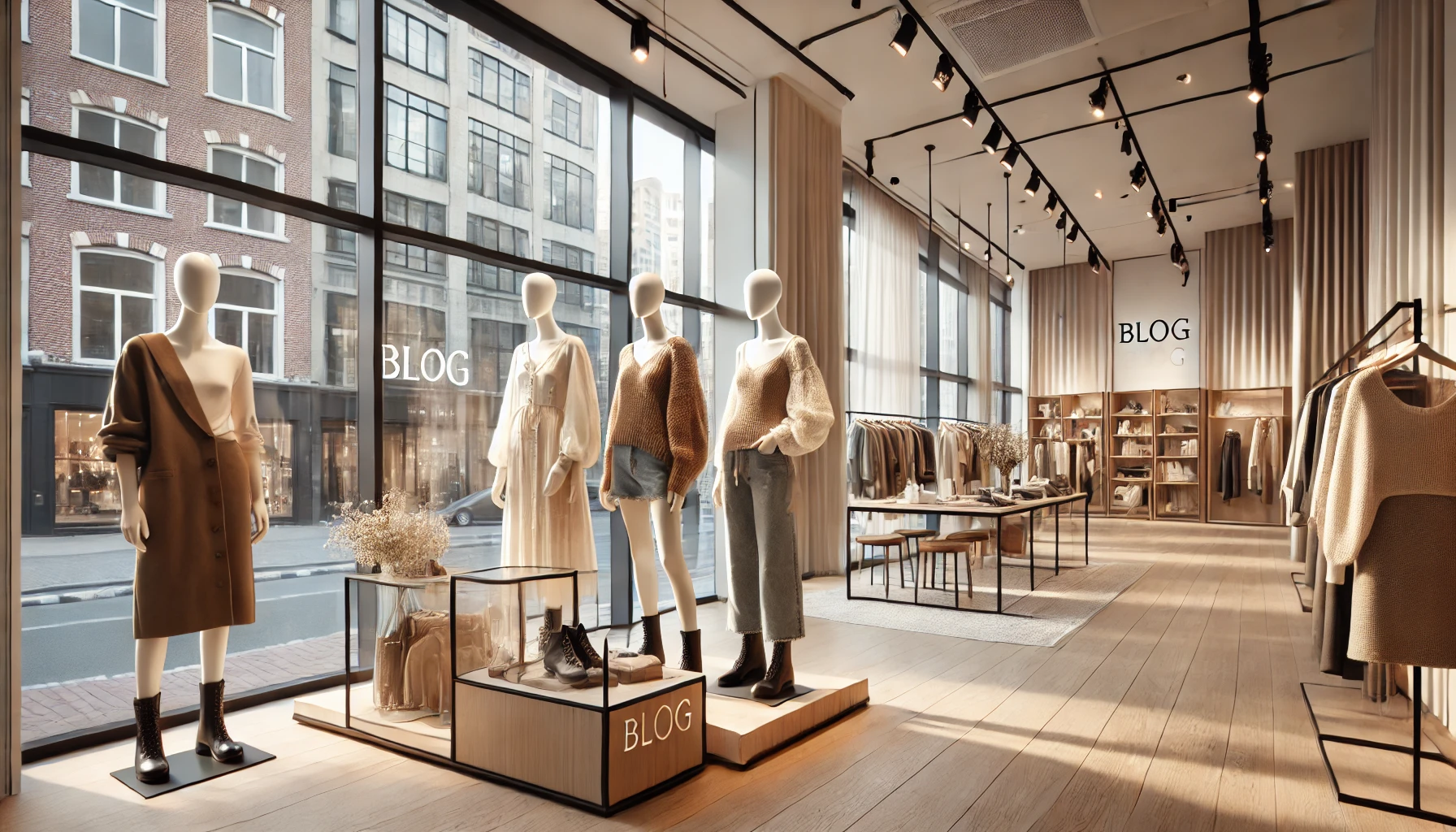Your basket is currently empty!

We’ve all seen the price tags: $3,000 for a Chanel Classic Flap, $9,000 for a Hermès Birkin, sometimes even six figures at auction. But what exactly makes a designer handbag so expensive — and is it really worth it?
1. Craftsmanship
High-end bags are usually handmade by skilled artisans. A single Hermès Birkin, for example, can take up to 48 hours to produce — by one artisan, from start to finish. Materials like exotic leathers, gold-plated hardware, and silk linings also add to the cost.
2. Brand Heritage & Storytelling
You’re not just buying a bag — you’re buying into decades of history. A Dior Lady bag isn’t just a purse, it’s tied to Princess Diana. A Louis Vuitton Speedy? A symbol of travel, status, and legacy. This storytelling is built into the price.
3. Marketing & Exclusivity
Massive advertising budgets, celebrity endorsements, and runway appearances position these bags as cultural objects, not just fashion items. Limited editions and waitlists also create scarcity, driving demand and resale value.
4. Resale as Investment
Unlike most retail goods, certain bags actually appreciate in value. A well-maintained Hermès or Chanel piece can sell for more than its original price — making it not just a luxury purchase, but a potential investment.
5. Brand Power
You’re paying for the logo. For the feeling of carrying something recognizable, aspirational, and admired. It’s status economics — and fashion is one of the few industries where that emotional value becomes literal cost.
So yes — designer handbags are expensive. But in the eyes of millions, they’re not just bags. They’re symbols.

Leave a Reply